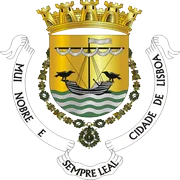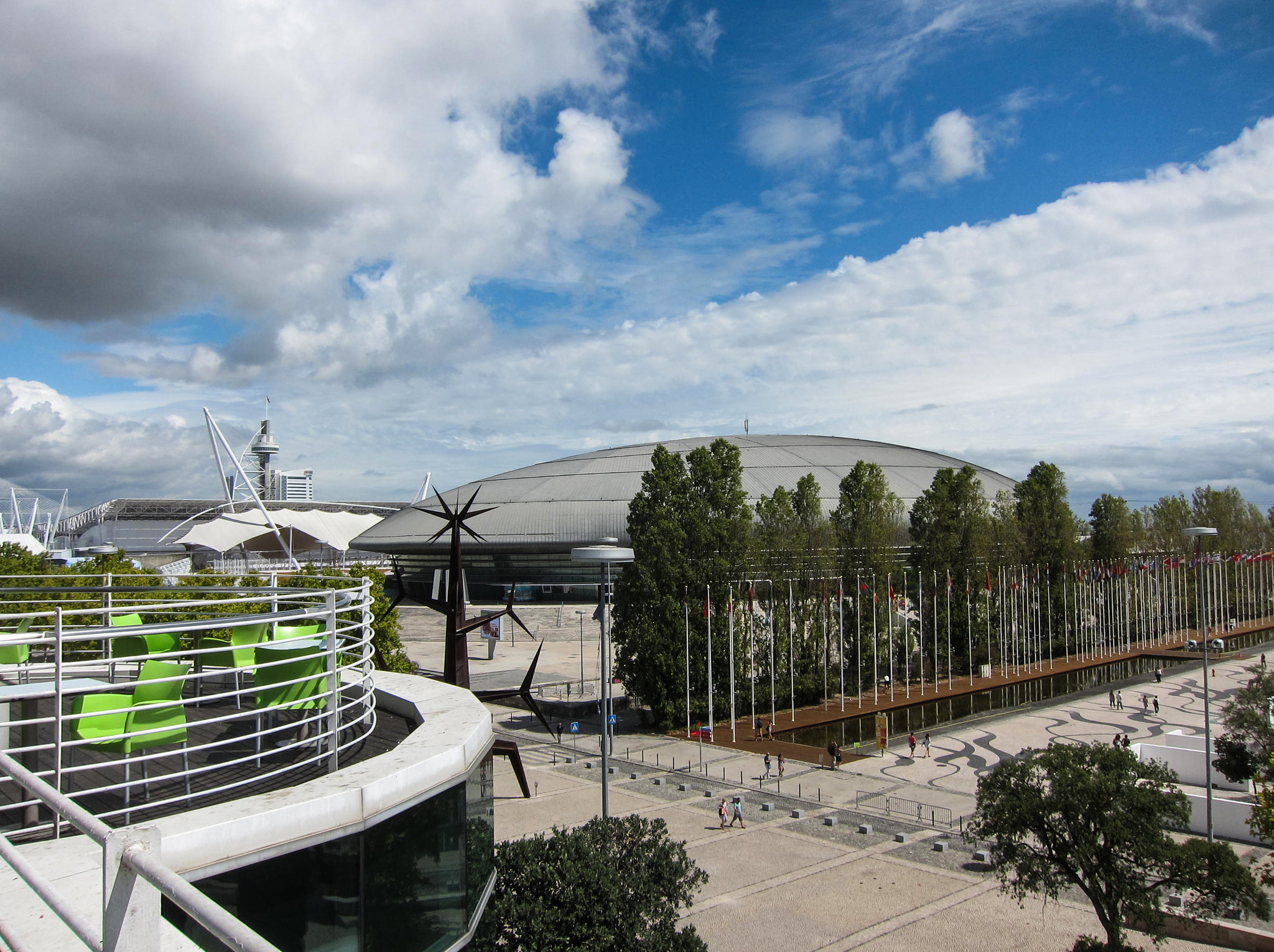Nestled along the banks of the Tagus River in Lisbon, Portugal, Parque das Nações stands as a testament to modern urban planning and architectural innovation. This vibrant district, once an industrial wasteland, has been transformed into a bustling hub of culture, technology, and leisure, captivating visitors with its striking blend of contemporary design and natural beauty.
As you stroll through the area, it’s impossible to miss the iconic Vasco da Gama Tower, a towering structure that dominates the skyline. Standing at an impressive 145 meters tall, this sleek, sail-shaped edifice serves as both a visual landmark and a nod to Portugal’s rich maritime history. The tower’s observation deck offers breathtaking panoramic views of the entire park and the sparkling river beyond, making it a must-visit spot for anyone exploring the area.
Just a stone’s throw away, the Lisbon Oceanarium beckons with its unique architectural design. Conceived by American architect Peter Chermayeff, this aquarium is a marvel in itself, resembling a large ship docked in the water. Its innovative structure allows visitors to feel as though they’re submerged in the ocean, surrounded by diverse marine life from around the world. The building’s design seamlessly blends form and function, creating an immersive experience that educates and inspires in equal measure.
As you continue your journey through Parque das Nações, you’ll encounter the striking Pavilhão de Portugal. This architectural gem, designed by the renowned Álvaro Siza Vieira, features a dramatic concrete canopy that seems to defy gravity. The building’s minimalist design and clean lines create a sense of lightness and space, inviting visitors to pause and admire its elegant simplicity.
Not far from the pavilion, the Gare do Oriente stands as a testament to the fusion of art and engineering. Designed by Santiago Calatrava, this transportation hub is a masterpiece of modern architecture. Its intricate lattice-work roof, reminiscent of a forest canopy, allows natural light to filter through, creating a constantly changing interplay of light and shadow. The station’s soaring arches and gleaming white surfaces give it an almost cathedral-like quality, elevating the mundane act of commuting to a truly awe-inspiring experience.
As you meander through the park, you’ll come across numerous examples of public art and sculpture that complement the architectural landscape. The Water Garden, with its playful fountains and water features, provides a refreshing counterpoint to the sleek lines of the surrounding buildings. Meanwhile, the Volcanic Garden offers a more rugged, naturalistic aesthetic, with its rocky outcroppings and native plant species.
One of the most striking features of Parque das Nações is how seamlessly it integrates green spaces with its urban environment. The carefully planned network of parks, gardens, and waterfront promenades creates a sense of harmony between the built and natural worlds. This commitment to sustainability and livability is evident in the district’s numerous eco-friendly initiatives, from its efficient public transportation system to its use of renewable energy sources.
As the sun sets over Parque das Nações, the area takes on a magical quality. The modern structures are illuminated, their reflections shimmering on the calm waters of the Tagus. The cable car glides silently overhead, offering passengers a bird’s-eye view of this remarkable urban landscape. It’s a fitting end to a day spent exploring one of Lisbon’s most dynamic and forward-thinking districts, where cutting-edge architecture and thoughtful urban planning have come together to create a truly unique and inspiring environment.
Parque das Nações stands as a testament to urban renewal and modern city planning. This former industrial area, transformed for the 1998 Lisbon World Exposition, has become a vibrant, mixed-use district that seamlessly blends residential, commercial, and recreational spaces. With its striking contemporary architecture, waterfront promenade, and cultural attractions like the Oceanarium, it has emerged as a popular destination for both locals and tourists. The area’s sustainable design principles and efficient public transportation links make it a model for future urban development projects. Parque das Nações continues to evolve, cementing its position as a dynamic and forward-thinking neighborhood that reflects Lisbon’s aspirations for the 21st century.

